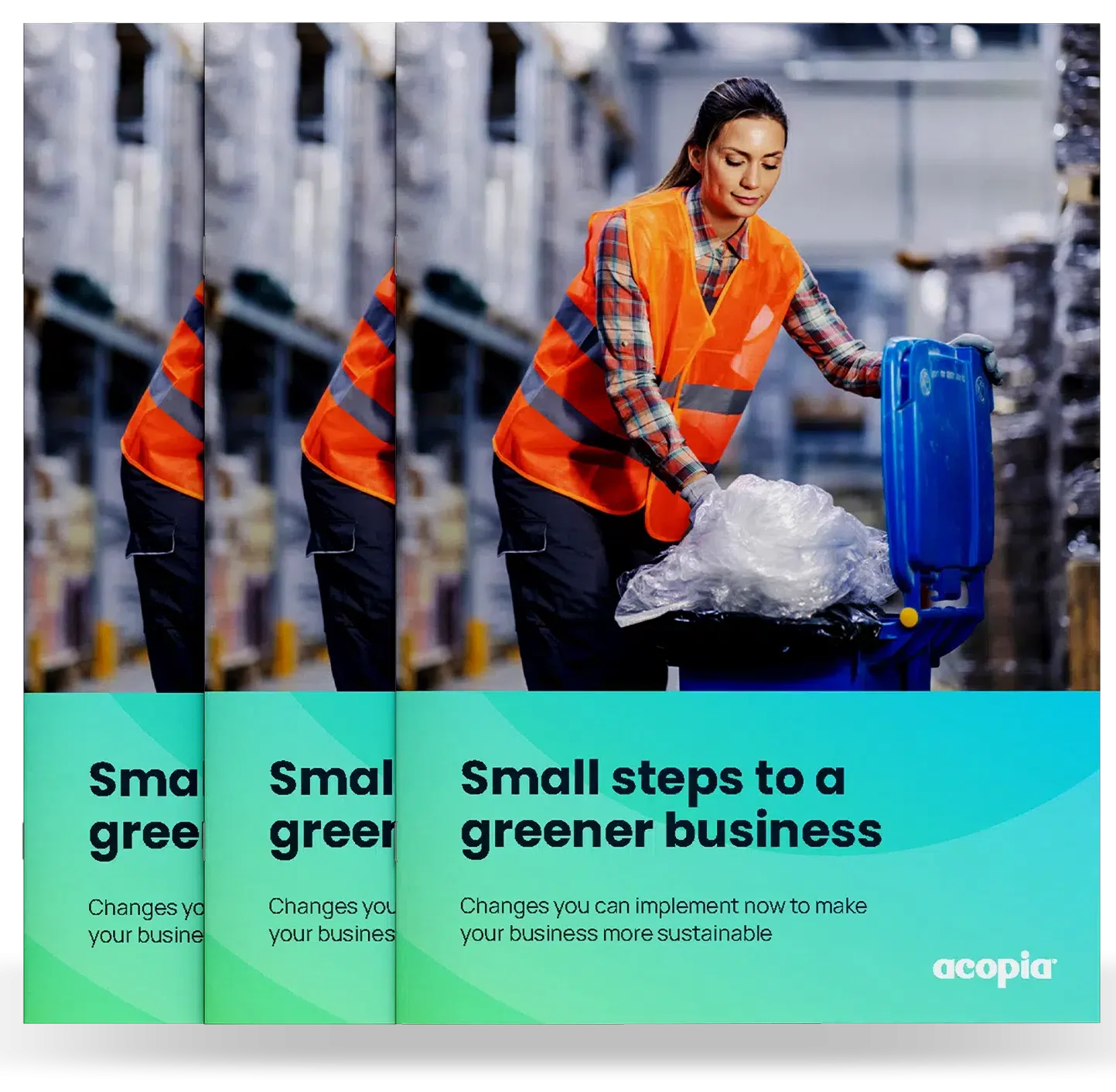Blogs
iWrap Managed Services – an exciting new way to run and fund your pallet wrap operation
iWrap Managed Services is a market-leading service that improves and optimises your pallet wrap operation – while also reducing your costs and plastic use –…

